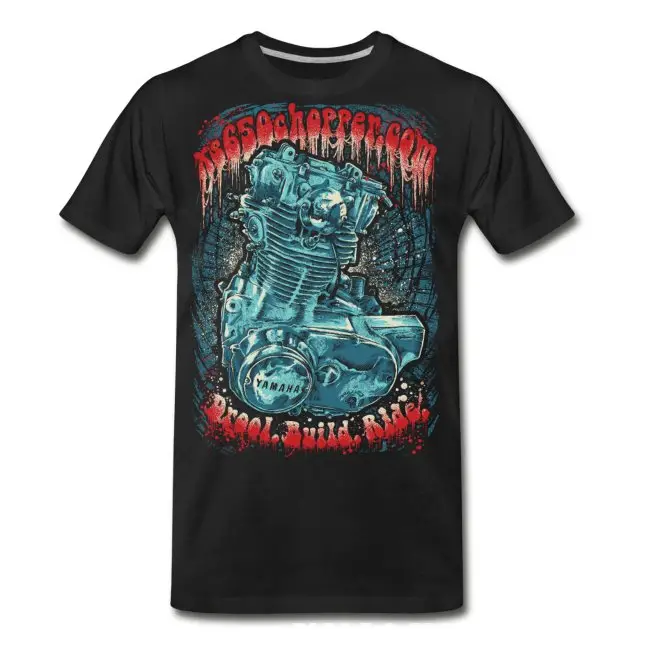Motorcycle riders often find themselves surrounded by a community eager to share advice on everything from bike selection to riding techniques and gear. While this can be helpful, it’s crucial to discern good advice from bad. At the bottom of this article is a great video that features things to look for.
1. Check If the Advisor Follows Their Own Advice
One way to gauge the reliability of riding advice is to see if the person giving it actually follows it themselves. For instance, if someone advises against using electronic aids like ABS but rides a bike equipped with these features, it raises questions about the credibility of their advice. Observing how well their advice works for them can provide valuable insights into its validity.
2. Demand Clear Explanations
Good advice should come with a clear and logical explanation. If an instructor or experienced rider offers advice without explaining the rationale behind it, be cautious. A proper explanation helps you understand the cause and effect, making it easier to apply the advice correctly. For example, understanding the mechanics of countersteering is more useful than simply being told to “lean the bike.”
3. Look for Opportunities to Test the Advice
Practical advice should be testable. If an instructor provides a technique, there should be a way to practice and verify its effectiveness. For example, if you’re learning about the friction zone, you should be able to test it in a controlled environment to see how it helps in maintaining balance. Testing advice ensures that it works in real-world scenarios and not just in theory.
4. Beware of Arguments from Authority
Be skeptical of advice that relies solely on the advisor’s experience or authority. Statements like “I’ve ridden for 30 years without ABS” don’t provide concrete evidence or explanations. Such anecdotal evidence can be misleading as it might not account for all variables. Always seek a detailed explanation rather than accepting advice based on authority alone.
5. Avoid Manipulative Arguments
Manipulative advice often plays on emotions rather than providing factual information. For example, being told to buy a high-powered bike to prove you’re not a “weak” is manipulative and potentially dangerous. Make decisions based on logical reasoning and personal comfort rather than succumbing to peer pressure or emotional manipulation.
6. Question Dogmatic Statements
Statements that use absolutes like “always” and “never” are often oversimplified and may not apply to every situation. For example, “always use both brakes to stop” might not be applicable in all scenarios. Riding conditions vary, and it’s important to understand the context and exceptions to these rules. Critical thinking is essential to determine when and how to apply such advice.
Recognize Red Flags
Certain red flags can indicate bad advice. If the advice lacks a clear explanation, cannot be tested, or relies on manipulative or dogmatic statements, it’s likely unreliable. Always prioritize advice that comes with thorough explanations, practical testing methods, and logical reasoning.
By following these guidelines, you can better evaluate the riding advice you receive and make informed decisions. Remember, the quality of your riding experience and safety depends significantly on the advice you choose to follow. Stay critical, demand explanations, and always test advice to ensure it works for you.








